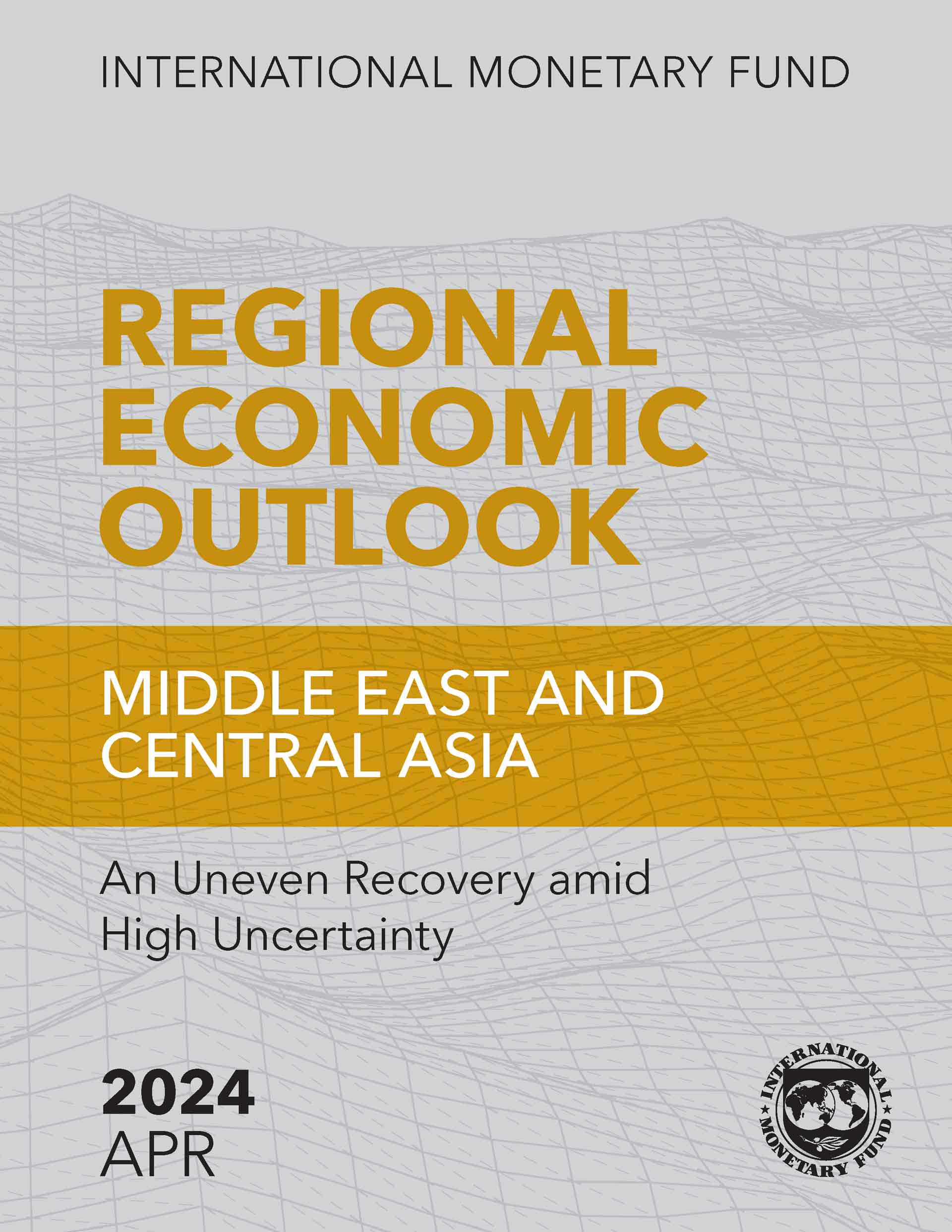Information in on the activities of the Office, views of the IMF staff, and the relations between Somalia and the IMF.
At a Glance: Somalia's Relations with the IMF
- Republic of the Somalia joined the Fund in August 31, 1962
- Financial Position in the Fund
Office Activities
-
This report sets out the financial governance priorities the Financial Governance Committee (FGC) believes need to be addressed in the coming year to strengthen state-building efforts going forward.
May 12, 2017
-
IMF-SOMALIA Trust Fund for Capacity Development
In the past three years, Somalia has begun to recover from the civil war, which ravaged the country’s economy and decimated key state and economic institutions such as the Ministry of Finance, the Central Bank, and the National Statistics Office...
December 6, 2016
-
IMF praised at the HLPF for its support to Somalia -- Communiqué
Representatives from 46 countries and 11 international organisations gathered inIstanbul on 23 and 24 February 2016 to participate in the third Ministerial High‐Level Partnership Forum (HLPF)
February 24, 2016
-
Oped by Samba Thiam, IMF’s Resident Representative to Somalia
July 1, 2015
-
Somalia: At the Crossroads of Peril and Opportunity
Despite very challenging conditions, Somalia has managed to achieve considerable progress since it resumed relations with the Fund in April 2013. Sustained growth and development will require continuous international support and capacity building, but the success of Somalia will ultimately rest on the strength of its people – and this they have in abundance.
February 2, 2015
IMF's Work on Somalia
-
Fostering Africa’s Economic Transformation through Innovative Financing
July 11, 2024
IMF Director of the African Department Abebe Aemro Selassie speech emphasizes the current economic challenges faced by African countries, including a financing squeeze, the impact of the COVID-19 pandemic, and rising cost of living, which collectively represent one of the most challenging economic times for the region in a generation.
-
June 10, 2024
Series:Country Report No. 2024/158
-
IMF Executive Board Concludes the First Review of the Extended Credit Facility for Somalia
May 29, 2024
The Executive Board of the International Monetary Fund (IMF) today completed the first review of the Extended Credit Facility (ECF) arrangement for Somalia. The Board’s decision enables the immediate disbursement of SDR 7.5 million (about US$ 10 million), which will be channeled for budget support, bringing Somalia’s total disbursement under the Extended Credit Facility (ECF) to SDR 37.5 million (about US$ 50 million).
-
Transcript of Middle East and Central Asia April 2024 Press Briefing
April 18, 2024
Transcript of Middle East and Central Asia April 2024 Press Briefing
-
Somalia: Technical Assistance Report-Consumer Price Index Mission (May 3–14, 2023)
March 18, 2024
Series:Technical Assistance Report No. 2024/022
Regional Economic Outlook : Middle East & Central Asia
April 18, 2024
An Uneven Recovery amid High Uncertainty
The Middle East and North Africa and the Caucasus and Central Asia regions are positively impacted by the resilience of the global economy. Lower global commodity prices and vigilant policy responses have helped ease inflation in most countries. However, uncertainty and risks have risen amid ongoing conflicts, shipping disruptions, and reduced oil production. This is leading to an uneven recovery across the Middle East and Central Asia, with growth rates varying this year. Policymakers need to ensure economic stability and debt sustainability while navigating geopolitical risks and improving medium-term growth prospects. Amid high uncertainty, it is essential that countries implement reforms to enhance their fundamentals, including by strengthening institutions. Additionally, countries can seize potential economic opportunities amid shifting trade patterns by reducing long-standing trade barriers, diversifying products and markets, and improving infrastructure.
Read the Report




